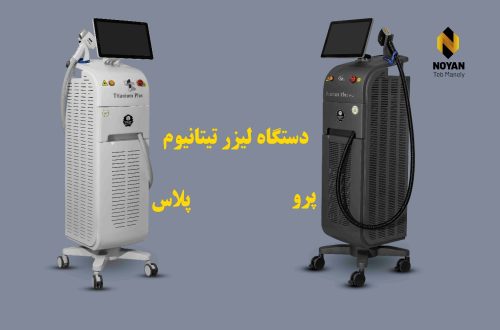In recent years, the world of custom printing has witnessed a technological breakthrough that’s changing the way businesses and hobbyists approach garment printing. Enter the dtf printing, short for Direct-to-Film printer. This innovative technology has gained significant attention due to its versatility, cost-efficiency, and ability to produce high-quality prints on a variety of materials. But what exactly is a DTF printer, and how does it differ from other popular printing methods?
What is a DTF Printer?
A DTF printer is a device used for printing designs directly onto a film, which is then transferred to a garment or other material using heat and pressure. The printer works by printing an image onto a special transfer film, after which the design is coated with a powder adhesive. The adhesive powder is then melted onto the printed image using a heat press, transferring the design onto the desired fabric or surface.
This method offers a seamless alternative to traditional printing techniques, such as screen printing or direct-to-garment (DTG) printing, providing businesses with an affordable solution for custom apparel production.
How Does DTF Printing Work?
DTF printing involves several distinct steps, each crucial for ensuring that the final design is durable, vibrant, and long-lasting. Here’s how the process works:
-
Design Creation: The design is first created using graphic design software, such as Adobe Illustrator or Photoshop.
-
Printing: The design is printed onto a special transfer film using a DTF printer. Unlike direct-to-garment printing, which requires the use of specialized inks and textiles, DTF printers can print on a variety of materials, including cotton, polyester, leather, and more.
-
Adhesive Powder Application: After printing, the design is covered with a special adhesive powder. The powder adheres to the ink on the film, binding it to the substrate during the transfer process.
-
Curing: The film, now covered with the design and adhesive powder, is passed through a curing process where heat is applied to melt the powder onto the print, ensuring it sticks to the film and is ready for transfer.
-
Transfer: Finally, the design is transferred onto the chosen material using a heat press. This process uses a combination of heat and pressure to adhere the design to the fabric or surface, creating a high-quality, durable print.
Benefits of DTF Printing
The rise in popularity of DTF printing can be attributed to its many advantages over other printing methods. Some of the key benefits include:
-
Versatility: One of the biggest advantages of DTF printers is their ability to print on a wide range of materials, including cotton, polyester, nylon, leather, and even ceramics. This makes it a great choice for businesses that want to expand their product offerings.
-
Cost-Effective: Compared to traditional screen printing and DTG printing, DTF printing is generally more affordable. It doesn’t require expensive setup costs or specialized equipment, making it a great option for small businesses and startups.
-
High-Quality Prints: DTF prints are known for their vibrant colors and sharp details. The process also ensures that the prints are long-lasting and resistant to wear and tear, even after multiple washes.
-
Durability: The designs produced using DTF printers are durable, with excellent adhesion to fabrics. The prints do not crack or fade easily, ensuring that the final product maintains its high quality over time.
-
No Need for Pre-Treatment: Unlike DTG printing, which requires a pre-treatment of garments to ensure the ink adheres properly, DTF printing does not require any pre-treatment, saving time and money.
-
Fast Production: DTF printers allow for faster production times than other methods. The printing process is relatively quick, and once the transfer is done, the results are immediate. This is particularly beneficial for businesses that need to meet tight deadlines.
Applications of DTF Printing
DTF printing is highly versatile and can be used for a variety of applications:
-
Apparel: Custom t-shirts, hoodies, and other clothing items are some of the most common products printed using DTF printers. The ability to print on different fabrics makes it ideal for apparel customization.
-
Accessories: Hats, bags, and other accessories can also be customized using DTF printing. The ability to print on non-flat surfaces adds to its versatility.
-
Promotional Products: Custom printed items such as mugs, tote bags, and even signage can benefit from DTF printing’s vibrant and durable designs.
-
Personalized Gifts: For businesses in the personalized gift industry, DTF printing provides a cost-effective way to offer customers unique, high-quality custom products.
Is DTF Printing Right for Your Business?
While DTF printers offer numerous advantages, there are some considerations to keep in mind. Businesses with larger production needs or those already using other printing technologies might find the transition to DTF printing seamless and beneficial. However, businesses just starting out or those with lower print volumes will find DTF printing to be an excellent investment due to its cost-effectiveness and high-quality output.
Moreover, DTF printing can be particularly useful for small batches and orders with intricate designs, as it doesn’t require screens or complicated setup processes, unlike traditional screen printing.



